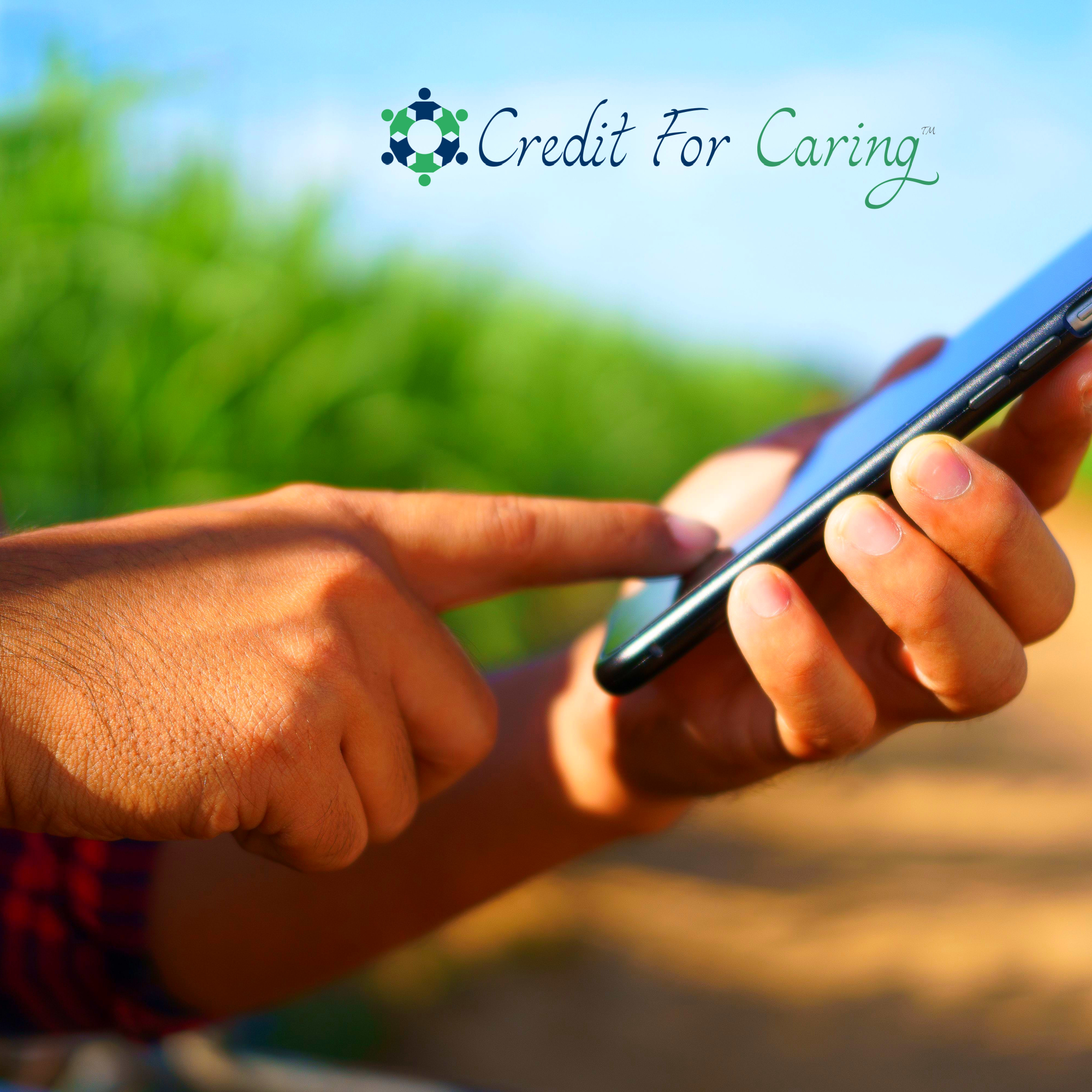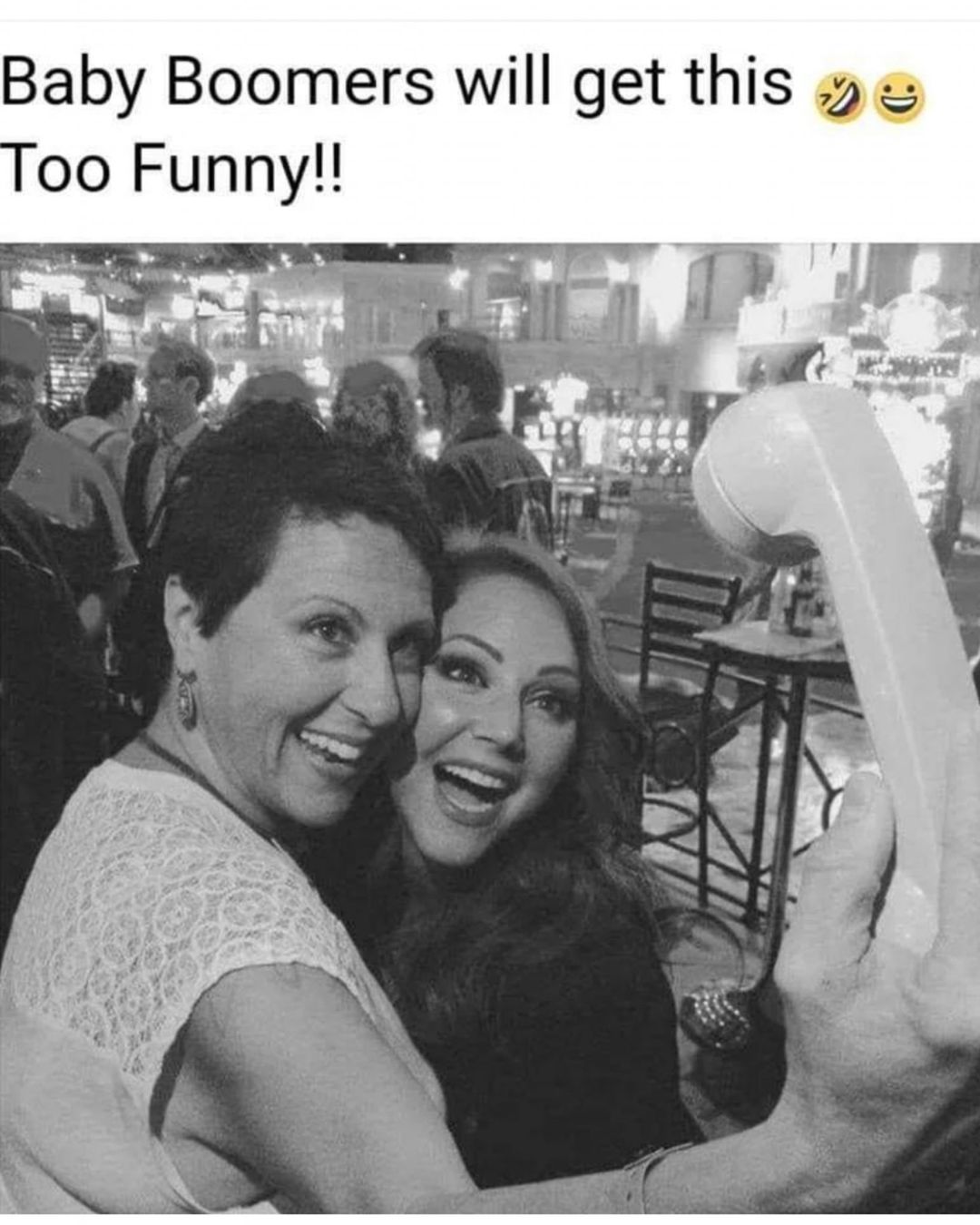
Know Your Digits?
Who can recall their home phone number when they were young? Me too! However, I have not memorized my children’s numbers today. Alexander Graham Bell is credited with inventing the first phone in 1876 (the reality is he patented it first). In fact, today’s smart phones have more components than the NASA guidance computer for Apollo 11. The smartphone has transformed our world in countless way.

Where Are Your Photo Albums?
Technology size shrinks while the capacity expands. Today our phones are computers. We have computer tablets with enough power to play movies and video games. We no longer need large machines to ‘store’ our important documents, photos, and other memories since they all live in computer clouds hidden and mysterious, but we accept them just the same. What about people and communities without internet? Do they have access to this technology? Are they able to fully participate in this twenty-first century world?
The Digital Divide Means Unequal Opportunities
Today, twenty-four million Americans lack internet service at home. In fact, rural , tribal communities and inner-city neighborhoods struggle to find a signal. Senior and disabled adults living in government subsidized housing lack the funds and often the infrastructure for internet access. Families tell stories of sitting in business parking lots to capture a signal so the kids can complete homework assignments. Others are using community libraries for affordable services. The US President recently announced a national Online for All program. In his remarks he highlighted our current digital divide.
GetInternet.gov
Forty billion dollars will be dispersed across our fifty states and territories to locations where high-speed internet does not exist today. This is a revolution. Internet is no longer a luxury, it is an essential as clean water, power, and all other utilities that keep us safe and healthy. Internet is our access to employment, healthcare, banking, community and government services, and the list goes on. This new program intends to move fast so that everyone has high-speed internet access by 2024 (call me cynical but I think it will be by the next Presidential election).
Who Qualifies?
A household is eligible for the Affordable Connectivity Program if the household income is at or below 200% of the Federal Poverty Guidelines, or if a member of the household participate in at least one of these programs: Federal Pell grants, existing low-income internet programs, Department of Agriculture school lunch and Supplemental Nutrition programs, Medicaid or federal housing programs. In addition, citizens receiving SSI, veteran pensions, WIC, or Lifeline services are also eligible for high-speed internet subsidies. Lastly tribal communities on Qualifying Tribal lands:and receive federal assistance also qualify.
The Price is Right
High-speed internet access is meaningless if you can not afford it. Central to this new program is a reduced monthly fee for qualifying citizens. I encourage you to share the site using the above linked button. We can connect the vulnerable people we serve by assisting them to sign-up for the program. But there’s more (sorry, I was challenging Bob Barker), a new tablet can be yours if the price is right. The program also pays for a device to use with the limit of one per household. This button below links to the site to purchase a laptop, desktop computer, or tablet from certain participating providers, with a small copay.



